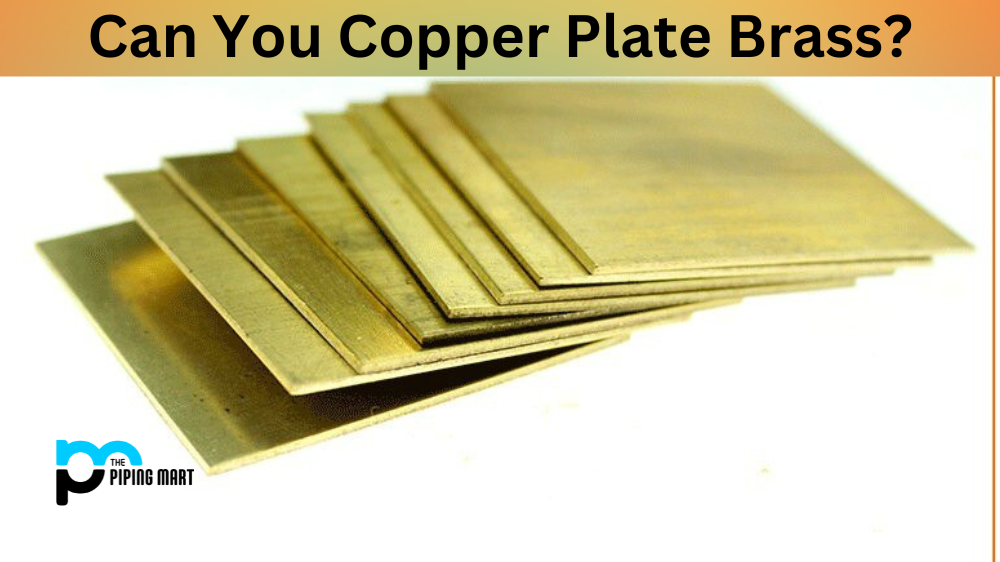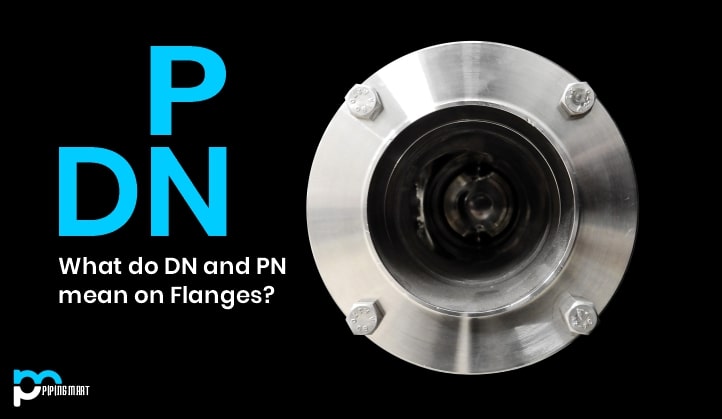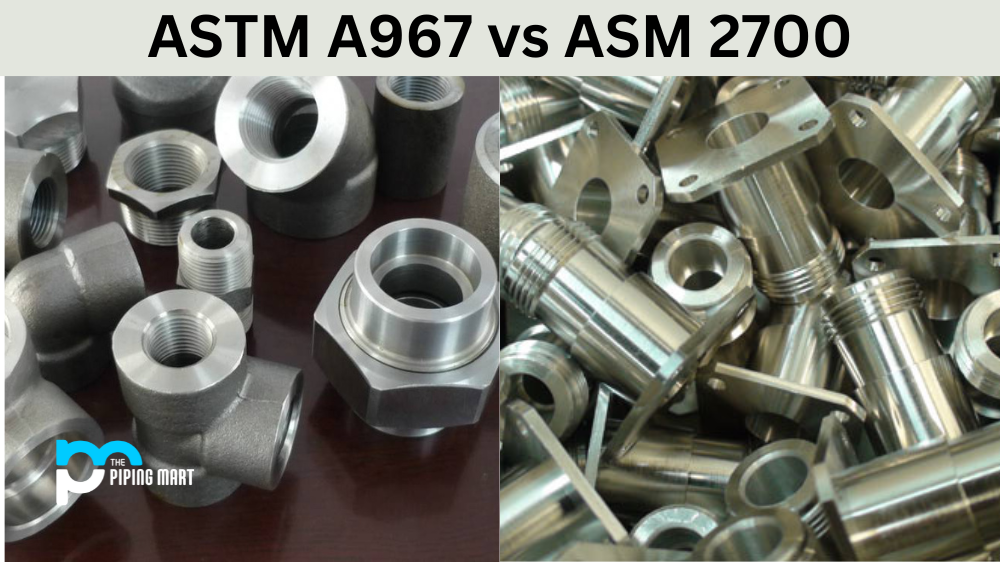Copper plating is a process of coating a material with copper. It is a popular technique used in various industries, from engineering to jewellery making, as it adds a durable layer of copper that enhances the material’s appearance and improves its mechanical properties.
Among the commonly used materials for copper plating, brass is a popular option due to its malleability, affordability, and corrosion resistance. However, many wonder if copper plating brass is possible, and if so, what are the benefits and limitations of this process.
This article will explore the answer to this question and shed light on the details of copper plating brass.
First, it is crucial to understand the basics of copper plating. Copper plating involves electrolytic deposition, where the material to be plated (in this case, brass) is immersed in an electrolytic solution containing copper ions. A direct current (DC) is then applied to the solution, causing the copper ions to migrate and deposit onto the surface of the brass.
Now, brass is an alloy of copper and zinc, and the amount of zinc in the brass affects the success and quality of copper plating. Brass with a low zinc content (around 5-10%) can be copper plated relatively easily, as the copper ions can penetrate the brass matrix to form the desired coating. However, brass with higher zinc content poses some challenges, as zinc can interfere with the electroplating process, resulting in incomplete or uneven coatings.
To overcome this challenge, one can pretreat the brass surface before electroplating to remove any impurities and minimize zinc interference. A pretreatment process may involve degreasing, acid etching, or electro-cleaning, depending on the nature of the brass and the intended application of the copper-plated brass.
Once the surface is properly pretreated, copper plating can proceed as usual, with standard electroplating procedures, including DC voltage selection, current density, solution temperature, and time, followed by post-treatment processes such as rinsing, drying, and polishing.
The resulting copper-plated brass presents several benefits, including enhanced aesthetics, improved durability, and corrosion resistance, especially in harsh environments. Copper plating also provides good conductivity, making it useful for electronic applications.
However, copper plating brass also has some limitations. The thickness of the copper layer is limited by the electroplating process, which may need to be improved for some applications. Also, copper plating may affect the brass’s mechanical properties, reducing its tensile strength and hardness. Therefore, it is crucial to consider the intended use of the copper-plated brass and the degree of plating required to ensure that the process provides the desired benefits.
Conclusion
In conclusion, copper plating brass is possible and widely used in various industries, provided that the brass is appropriately pretreated and optimized for electroplating. Copper plating offers many benefits, including aesthetics, durability, corrosion resistance, and conductivity. However, it is essential to consider the limitations of the process, such as thickness and mechanical property changes, to ensure that copper plating provides the desired benefits and meets the requirements of the intended application.

Pipingmart is a B2B portal that specializes in metal, industrial and piping items. Additionally, we share the latest information and information about materials, products and various types of grades to assist businesses that are involved in this business.




